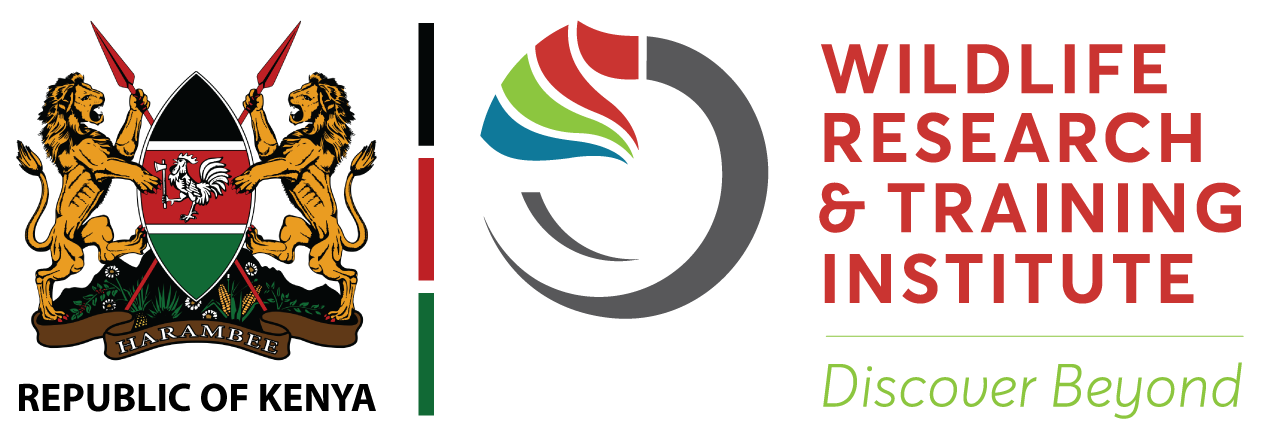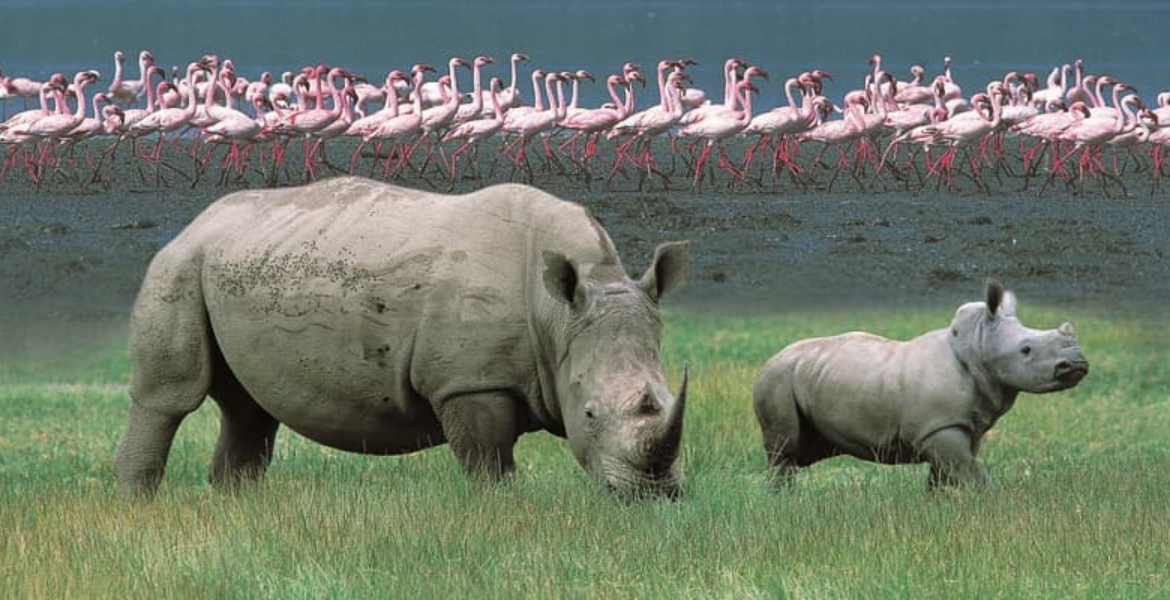The Wildlife Research and Training Institute (WRTI) has initiated the second phase of Kenya’s national wildlife census at Lake Nakuru National Park and Bird Sanctuary.
This crucial undertaking aims to recalibrate conservation programs for iconic species facing threats from climate change and human activities. The census, which involves aerial surveys, seeks to gather precise data on wildlife resources, including large land mammals, carnivores, and marine life. WRTI principal scientist Stephen Ndambuki notes that the Nakuru census follows similar efforts in Masai Mara National Reserve, Amboseli National Park, and Athi Kapiti Wildlife Conservancies. This phase is particularly significant in light of recent environmental challenges including severe droughts and floods that have resulted in substantial wildlife mortality and displacement. The previous national census, conducted in 2021, encompassed over 30 species of mammals, birds, and marine creatures.
Kenya’s wildlife habitats are currently confronting numerous challenges, including poaching and the expansion of human and livestock populations. According to reports, the devastating drought of 2022 led to significant habitat degradation and wildlife losses. Recognizing the importance of this initiative, the Kenyan government has allocated Sh302 million to fund the census which demonstrates its commitment to evidence-based management of iconic species that are integral to the nation’s heritage and tourism industry. The implementation of data-driven interventions is crucial for mitigating human-wildlife conflicts which pose a severe threat to the survival of species such as rhinos, elephants, lions, and leopards.
The census plays a vital role in biodiversity monitoring, with the collected information expected to inform conservation strategies and policy decisions. As migration corridors shrink and pasture lands diminish, human-wildlife coexistence has become an increasingly pressing issue, intensifying conflicts between humans and wildlife. Grace Waiguchu, a geographic information system analyst at WRTI, stresses the importance of understanding wildlife distribution and movement patterns for improved habitat management. The census employs a multifaceted approach, combining aerial surveys, ground counts, and camera trapping to gather comprehensive data.
Wildlife habitats face various challenges, including the impacts of global climate change, the proliferation of invasive species, and the emergence of zoonotic diseases. Kenya boasts a diverse array of wildlife inhabiting unique ecosystems. However, their populations fluctuate due to factors such as climate change, poaching, diseases, and human-wildlife conflict. Systematic animal counting is essential for informing conservation strategies, mitigating the effects of climate change, and preventing biodiversity loss. For instance, changes in lion populations or their increased presence in human-inhabited areas can provide valuable insights into the health of their habitats.
The census also aims to address the impacts of recent environmental changes. The severe drought of 2022, followed by flooding events, has significantly altered natural habitats and displaced wildlife. Accurate data from the census will facilitate the development of targeted conservation efforts to mitigate these impacts and ensure the survival of vulnerable species. To enhance the accuracy and efficiency of data collection, the census will utilize advanced technologies such as the Earth-ranger platform to improve patrols and enable real-time monitoring during the exercise.
Credit:https://www.mwakilishi.com/article/kenya-news/2024-09-13/kenya-launches-second-phase-of-national-wildlife-census-at-lake

